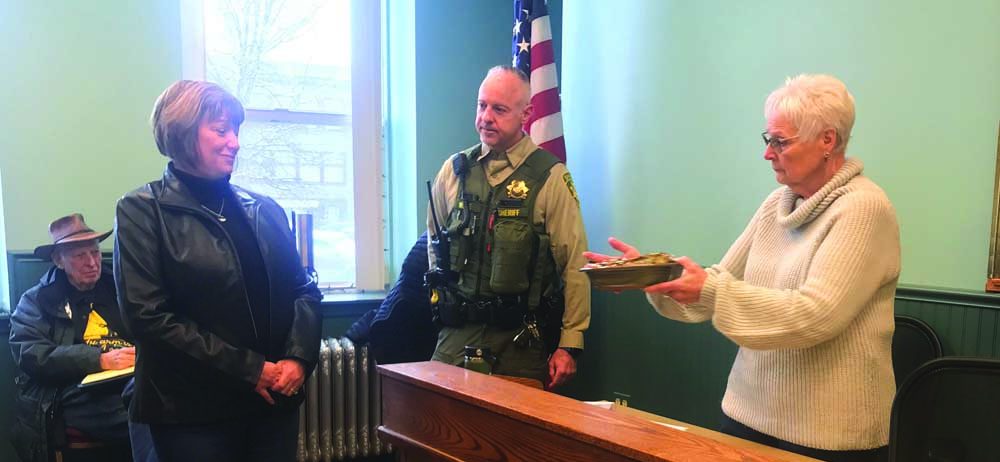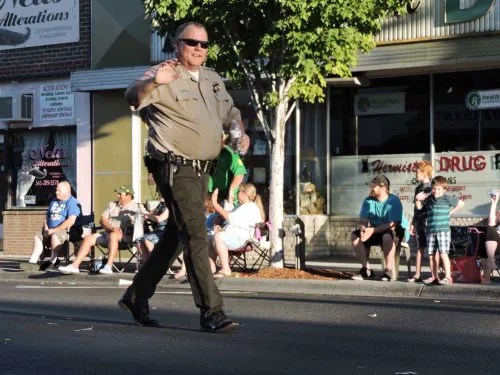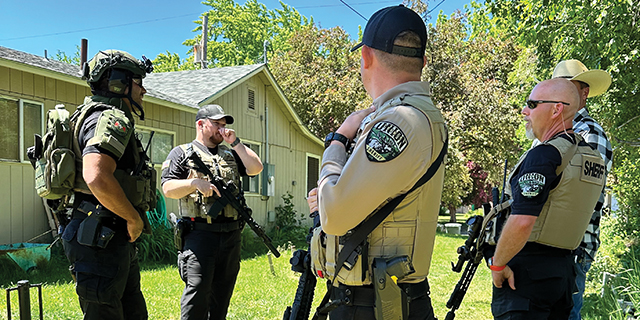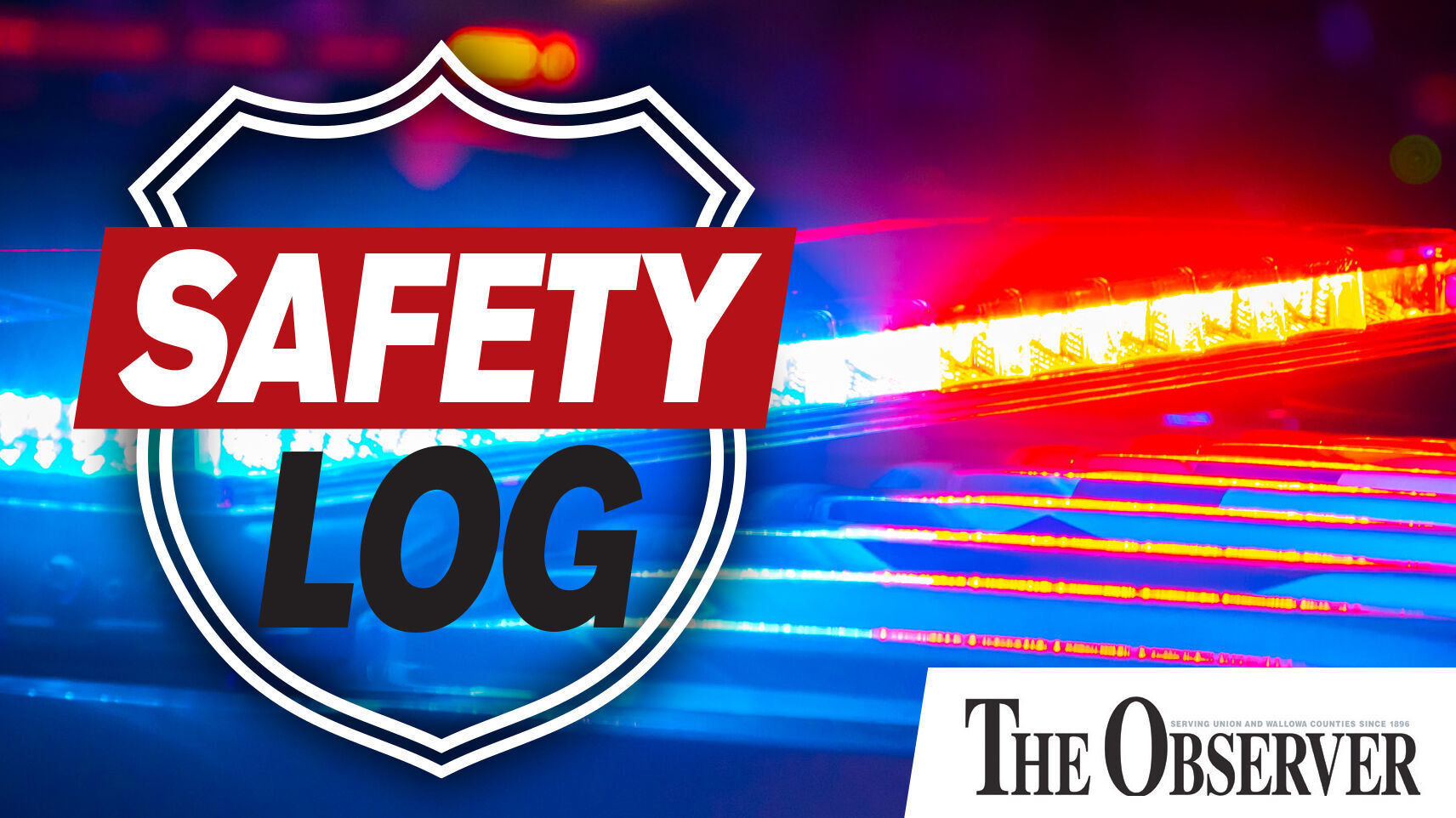On the trail: Spring black bear hunts: by the numbers
Published 3:00 am Saturday, January 14, 2023

- Lewis
Sometimes we get snow, or cold and rain in early April and sometimes we get the bad weather in May. But we do know the days will get longer and the grass will grow and black bears will feed on those south-facing slopes on chilly days and on the north-facing slopes on warmer days. Or maybe it’s the other way around.
The magic is on page 66 of the 2023 Oregon Big Game Regulations. We get two months to hunt. If there’s an art to this, it’s in choosing when to plan the vacation time.
In April, a bear needs to jumpstart its digestion to process more complex foods later in the season. In April, the food source to watch is the grass. There’s no doubt, bears spend most of their time where it’s easiest to make a living. They search out old slides and lower elevation meadows where new grass grows. As the thaw continues, bears move higher on the slopes, finding forbs (broadleaf plants), bulbs and grubs at the mid-elevation levels.
When the temperature climbs in May, warm weather brings bears into the open on sunlit slopes where they may graze for hours, eating grass and turning over rocks in search of grubs and wild onions. A thawing snowpack reveals ground squirrel dens and the carcasses of winter-killed deer and elk, which are a bonus.
In the watersheds of the Grande Ronde, Imnaha, Minam and the Snake, bears follow the elk herds to catch cows and newborn calves when they are most vulnerable. Mountain meadows and creek bottoms with a gentle grade are favored calving grounds and a good place to call a bear to dinner. Calf elk calls can bring a bear on the run. Commit to a call stand for at least 60 minutes. And watch the downwind side.
In late May, adult bears move into the mating season. While they still must eat, they turn part of their focus to breeding impulses. Focus close to the core areas where you found sign in the early season and watch mid-elevation meadows for hours at a time.
Spring hunts
Oregon offers 14 focused spring bear hunts and nine of them are in Northeastern Oregon.
A look at harvest statistics from 2021 (the last year for which the data was available), shows 13% harvest success in the 759A Snake River hunt. Another hot spot was the 757A Sled Springs-Chesnimnus hunt with 24% success on the Sled Springs side and 16% in the Chesnim.
The 754A Mt. Emily-Walla Walla hunt has become the most popular unit to apply for with 220 tags and over 1,600 people trying to get one. This is some of the best bear country in all the Northeast. In 2021, Walla Walla Unit hunters tagged out for 27% success. The bulk of the effort went to the Mt. Emily side where 156 hunters spent 954 hunter days for 22% harvest.
In the 752A Starkey-Ukiah hunt, Ukiah hunters tagged out at a rate of 11% while in the Starkey the number was 7%.
Hunters in the 756 Wenaha Unit reported 11% harvest success.
The 760A Minam-Imnaha hunt turned in 13% success on the Minam side and 17% in the Imnaha. The 762A Pine Cr-Keating-Catherine Cr hunt is always a solid choice and the 2021 success rate was consistent across each of the units.
These are all popular hunts and difficult to draw a tag every year. For the hunter with zero points, the 746A South Blue Mountains hunt might offer the easiest chance to draw. A lot of this hunt is in the high desert, taking in the Beulah, Desolation, Fossil, Heppner, Murderers Creek, Northside and Sumpter units. Of these, the Desolation and Northside were the most productive in ‘21.
For the hunter under the age of 18, the state offers four youth hunts for which the odds are usually better than in the regular tag drawings.
All this talk about hunter success hinges on one hunter deciding to shoot or not. One of my friends hunted 10 years in Northeastern Oregon and counted up to 40 bears a season and didn’t shoot until he had a big one right where he wanted it — uphill and close to a road. You could say that all of his hunts were successful. Even though he only got one bear in 10 years.
The controlled hunt application deadline is Feb. 10. Spring bear starts April 1 and runs through May 31. When vacation hours are at a premium, my money is on early May. Use April for short scouting trips unless the sun is out.
Whether a hunter ties a tag on a bear or not is not the real measure of the hunt. Success is more about — did we camp in the high country? Did we walk out the ridges with the wind in our face? Did we make our dinners in a Dutch oven and sleep in a wall tent? That’s spring bear hunting.





